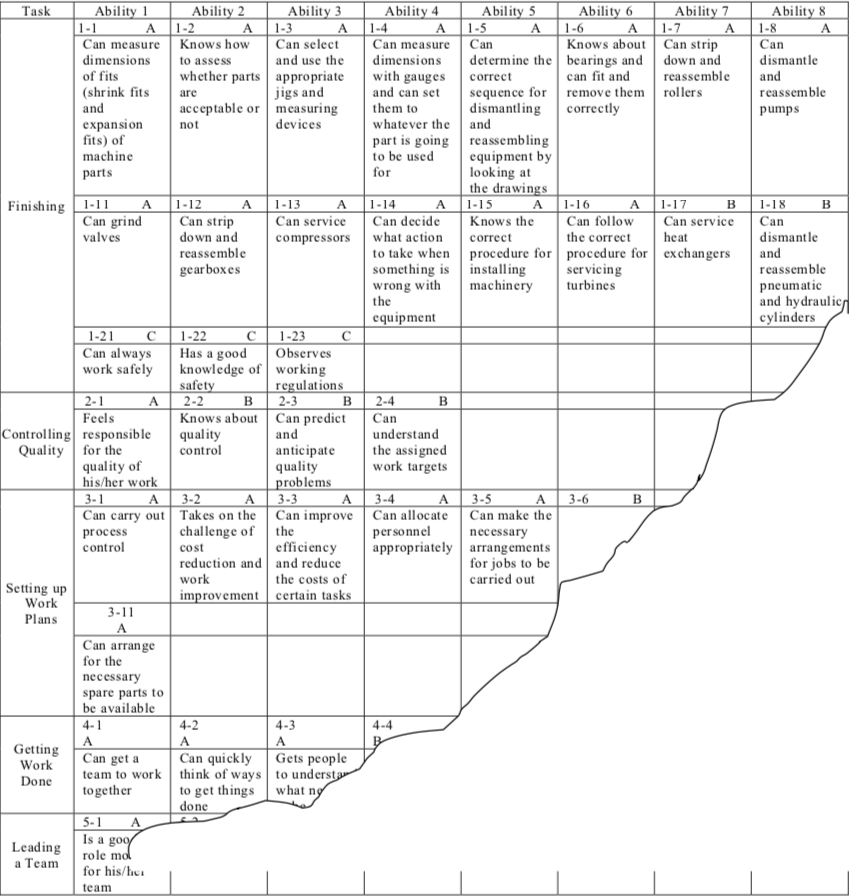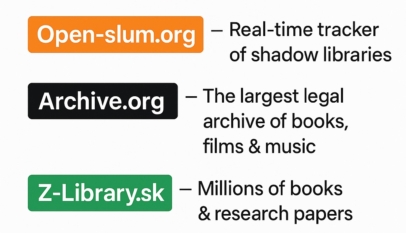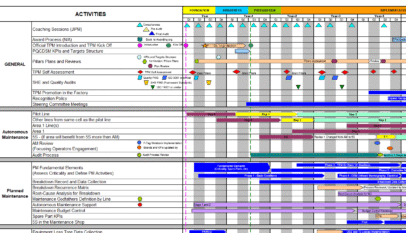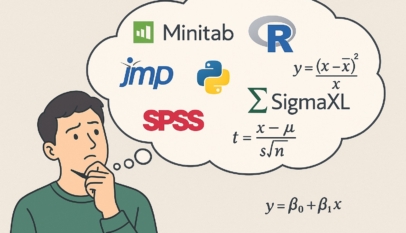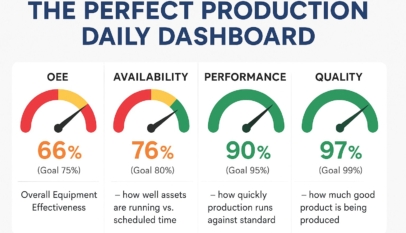A number of different systems for identifying the necessary skills are available. One of these is the CUDBAS (Curriculum Development Method Based on Ability Structure) system devised in 1989 by Professor Mori Kazuo (formerly a professor at Polytechnic University in Japan, and at Tokushima University’s Centre for University Extension). CUDBAS was developed as one of a set of techniques comprising the PROTS (Progressive Training System for Instructor) skill training package and has spread very quickly to all areas with the recent sharp increase in demand for training and development.
How to Use CUDBAS
Prepare (Introduce Participants and Explain Rules)
Assemble five or six people who know the person whose job skills are being evaluated. They should be related to this person in various different ways (e.g. colleague, supervisor, trainer, manager, etc.).
Note:
- All the members of the evaluating team have equal authority in the evaluation process.
- No individual must be criticised or personally attacked.
- All team members should work together to create a definitive list of skills.
- People should be as flexible as possible in exchanging ideas and try to keep the quality of the discussion high.
First Meeting
Spend about ten minutes choosing which experienced worker to evaluate and discussing what he or she does. Making notes on a whiteboard can help people to visualise what they are talking about.
- Define specifically what part of the person’s job is to be evaluated.
- Discuss the size of his workplace, the content of his job, and the position he holds.
Then distribute 30 cards to each person. These cards are called ‘ability cards’.
Individual Brainstorming (using cards)
Each team member then thinks about the following questions and fills in the answers on his or her cards:
- What must the experienced worker be able to do? (‘Can ……’)
- What must the experienced worker know? (‘Knows……’)
- What attitudes (not personal character traits) must the experienced worker have? (‘A/An……..attitude’)
Example of how to fill in the cards:

The participants should fill in the cards rapidly, without worrying about whether they are duplicating what another member of the team has written, because experience shows that under 10% of the contents of the cards will be duplicated. They should express themselves as clearly as possible and should aim to complete about 30 cards, so the whole exercise will take about 30 minutes if they work at the rate of one card per minute. (The more cards they complete, the more difficult it will become to think of new things to write, but considering the following points will help to generate fresh ideas):
What skills are required:
- In different situations?
- At different times (morning, noon, evening, night?)
- During different seasons (spring, summer, autumn, winter)?
- On different occasions (busy, quiet, special events )?
- During emergencies?
- When dealing with different kinds of people?
Sort the Cards
One participant starts placing his cards on the table while reading them aloud, putting any identical or similar cards in the same pile. Meanwhile, the other participants spread their cards on the table and add them to the appropriate piles. This continues until all the cards have been sorted (if a card is not quite the same as the others in a pile but is not so different as to merit a pile of its own, place it next to the pile).
Check the cards in each pile from time to time, and place the one that describes the ability most accurately on top. If none of the cards really describes the ability accurately, write out a fresh one. Then check the top cards, and if they are satisfactory, staple the cards in each pile together. Next group the cards into ‘tasks’. Each person’s job will normally consist of 5- 10 of these tasks. This will be possible if you visualise what the tasks are from the information on the cards, without being led astray by any preconceived notions. Then describe each task on a sticky note based on the descriptions on the cards in each group. These sticky notes are called ‘task cards’.

Prioritize the “ability” cards
Place the ability cards for each task side by side, next to the task card on the far left.

Look at the ability cards again and rearrange them in order of importance from left to right (i.e. with the most important one on the far left and the least important on the far right).

Next, assign a priority ranking (A, B or C) to the ability cards. The best way of doing this is to place a pencil between one group and the next, as shown in the diagram.

Use the following guidelines to decide on the priorities:
A: Extremely important and specialized. The worker must understand exactly what is required and be able to exercise the ability at the highest level.
B: Everyday ability of normal importance. The worker must have a good grasp of what is required and be able to exercise the ability reasonably well.
C: Not particularly important. The worker only needs to know more or less what is required and can acquire the ability through experience.
Note the priority (A, B or C) in the blank space provided for this purpose at the top right of each ability card.

Prioritize the “task” cards
The groups of cards, which are now laid out side by side, should next be arranged vertically. Compare the groups, and lay them out in order of importance from top to bottom (i.e. with the most important group at the top and the least important at the bottom).

When everyone has agreed that the cards have been laid out correctly, note the priority (A, B or C) in the blank space provided for this purpose at the top right of each task card. Finally, write the serial number in the space provided at the top centre of each ability card as shown in the following diagram:
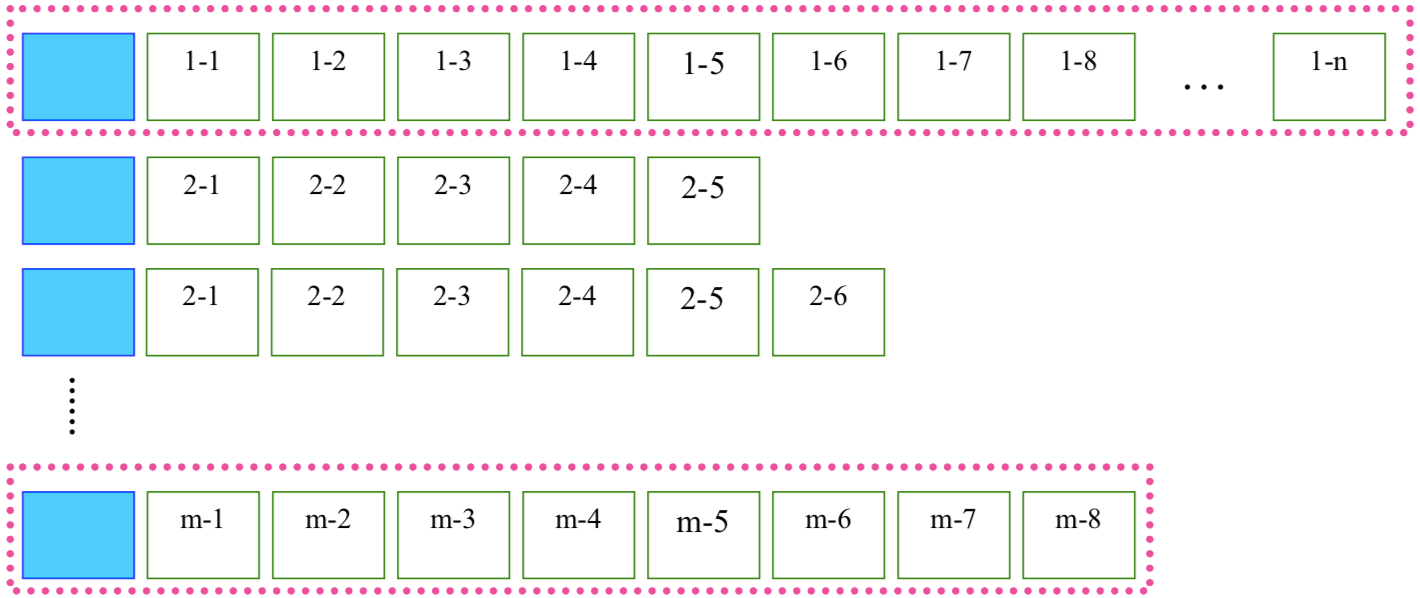
The abilities have now all been prioritized, so the cards can be stuck onto a piece of flipchart paper together with a note of the participants’ names. An example of a completed chart is shown below.
Example of Chart of Essential Abilities and Qualities for Steelworks Maintenance and Finishing Group
